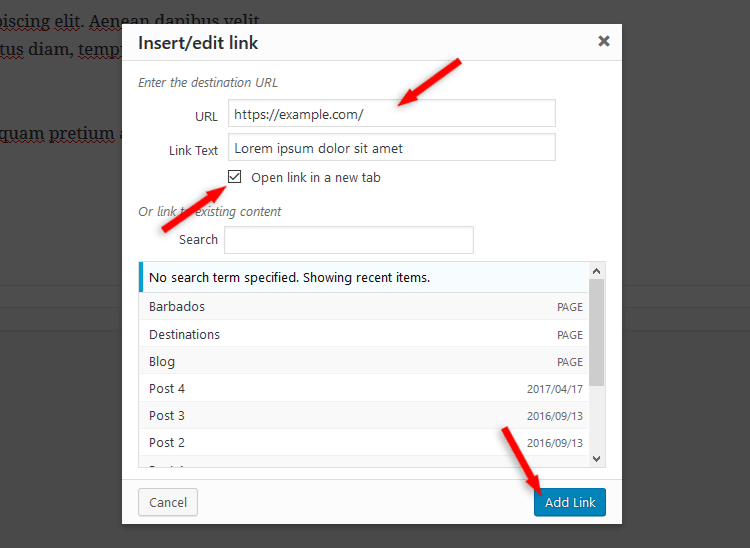
- #OPENING LINKS IN NEW TAB WITH LIMECHAT HOW TO#
- #OPENING LINKS IN NEW TAB WITH LIMECHAT UPDATE#
- #OPENING LINKS IN NEW TAB WITH LIMECHAT FULL#
Therefore, the investigation confidently concludes none are impacted by the Apache Log4j vulnerability. Idera has completed its review / investigation on all family of products.įor products supported in this portal, our investigation confirmed there are no exposed instances of the Apache Log4j library within the version range that contains this vulnerability.
#OPENING LINKS IN NEW TAB WITH LIMECHAT UPDATE#
This is an update of Idera's internal review of the Log4J Issue (CVE-2021-44228). NOTE: This incident is no longer considered active, but is being maintained as Monitoring for short-term visibility.
#OPENING LINKS IN NEW TAB WITH LIMECHAT FULL#

This would be hard for most users to notice because the focus would be on the tab that just opened – not the original tab with your page. With tabnabbing, a page that you link to could cause your page to redirect to a fake login page. Tabnabbing, sometimes called reverse tabnabbing, is an exploit that uses the browser's default behavior with target="_blank" to gain partial access to your page through the window.object API. Setting it to noopener noreferrer is to prevent a type of phishing known as tabnabbing. The rel attribute sets the relationship between your page and the linked URL.

I strongly recommend that you always add rel="noreferrer noopener" to the anchor element whenever you use the target attribute: Check out freeCodeCamp. Now when someone clicks on the link, it will open up in a new tab, or possibly a new window depending on the person's browser settings. To open a link in a new tab, just set the target attribute to _blank: Check out freeCodeCamp.
#OPENING LINKS IN NEW TAB WITH LIMECHAT HOW TO#
This attribute tells the browser how to open the link. To open a link in a new tab, we'll need to look at some of the other attributes of the anchor element's other attributes. This is the default behavior in every browser. If you click on the link above, the browser will open the link in the current window or tab. To create a link on a web page, you need to wrap an element (text, a picture, and so on) in an anchor ( ) element and set its href attribute to the URL you want to link to.

If you've ever wondered how to do that with your own links, you've come to the right place. Tabs are so common now that, when you click on a link, it's likely it'll open in a new tab. Tabs are great, aren't they? They allow the multitasker in all of us to juggle a bunch of online tasks at the same time.


 0 kommentar(er)
0 kommentar(er)
